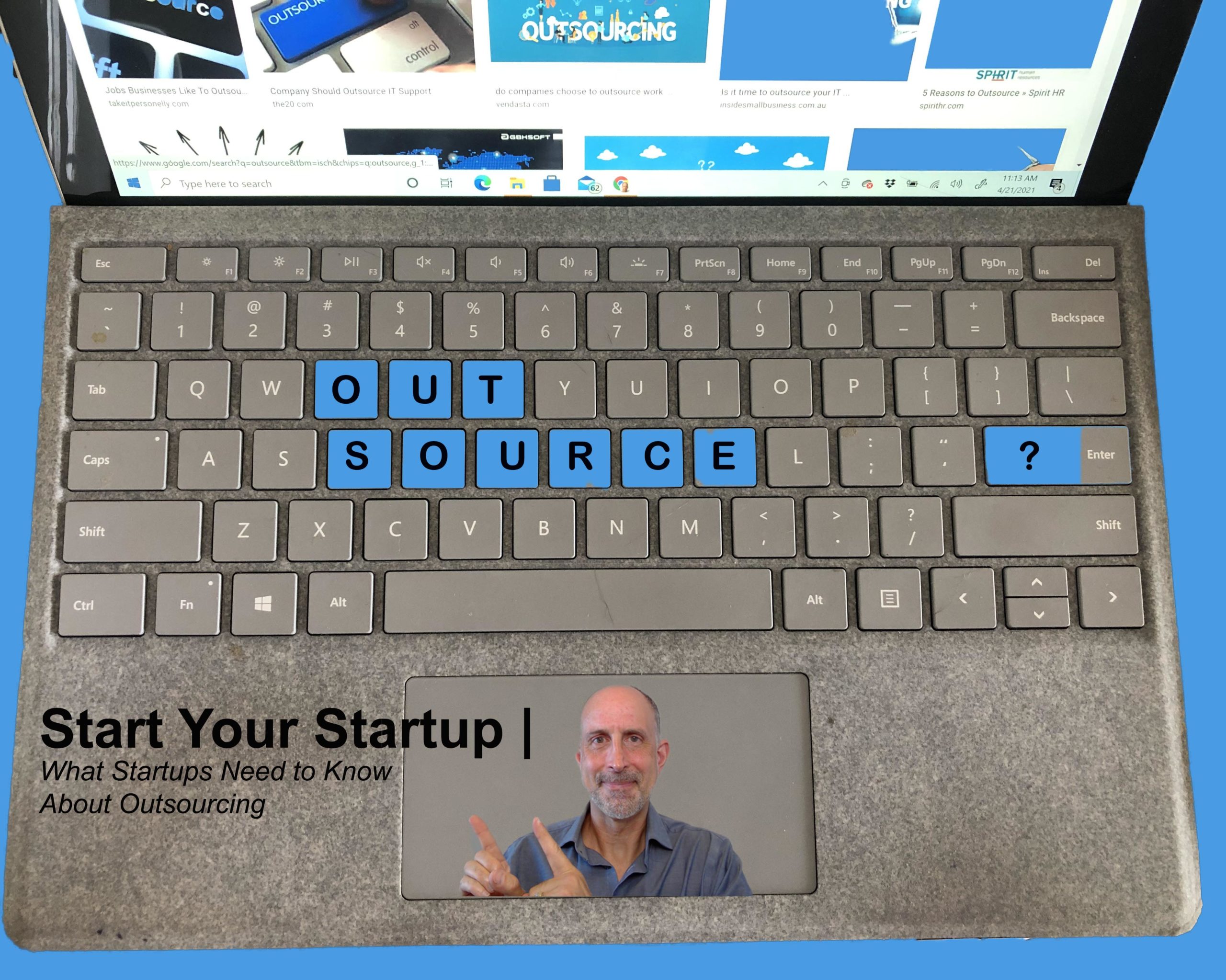
Start Your Startup | Top 10 Hiring Tips for Startups

As a supporter and believer in the power and potential of new entrepreneurs, Stephen Semprevivo wants you to have all the access to the resources that can help your startup during the tricky beginning stages of starting a new business.
If your startup has grown to the point where you need to start hiring, congratulations! You’re in a great position to serve more clients and expand your business. Now comes the challenging part—hiring and retaining talented people in a competitive market.
As an experienced business consultant, Stephen Semprevivo understands the importance of making the right hiring decisions at every stage of your startup. Here are his top 10 tips for success when you’re ready to grow your team.
10 Ways to Find, Hire, and Retain Top Talent for Your Startup
The right talent is out there to help your startup grow and succeed. Use these ideas to find them!
- Determine your non-negotiables first
While you want to leave some room for flexibility when you’re starting to hire, it’s important to decide what skills or experiences you absolutely must have from a candidate. These can include things like:
- Experience working in a startup environment
- Specific certifications or degrees (or a base requirement, i.e., must have at least an associate’s degree)
- Mastery of specific software, such as Salesforce or Business Intelligence tools
- Proven track record of success via portfolios or projects
- Figure out what benefits you can offer
As a startup, you likely can’t offer the same benefits as one of your larger competitors. That doesn’t mean you don’t have something to offer new employees, though! So, get creative with benefits by including out-of-the-box perks people actually want.
Offering incentives that prioritize your employees’ well-being can be very attractive to talented individuals. Here are some to consider:
- Flexible hours
- Options to work remotely
- Creative freedom and autonomy
- In-office snacks or catered lunches
- Ability to lead projects and make critical decisions for the company
- Be transparent during interviews
Not everyone will thrive in a startup environment, so it’s essential to be upfront about your expectations during interviews. Candidates who love the idea of working for a young company that is ready to make moves and work at a fast pace will rise to the challenge. On the other hand, those who prefer the stability and slower pace of a larger corporation will quickly weed themselves out.
- Focus on enthusiasm and teachability
Sure, you want to hire someone who can hit the ground running on day one. But that person might not be interested in working for your startup. So, instead of trying to find someone who has the exact experience and skill set you want, focus on candidates who are enthusiastic about learning. Teachable employees will figure out how to do the job, plus they’ll go above and beyond their job description to add even more value to your company.
- Write an accurate job description
A lot of startups highlight things like an office ping pong table and Friday afternoon happy hours in their job descriptions instead of telling candidates what they’ll be doing during office hours. Your job description should be unique for each open position, outlining what a candidate can expect and how they will directly contribute to the company.
- Keep growing your network
Your network can do the work of sourcing candidates for you—if you’ve taken the time to nurture it and make the right connections. Take advantage of opportunities through online networking, like through LinkedIn, along with attending in-person events with people from a variety of backgrounds.
When you’re at networking events, avoid spending the whole time chatting with other business owners and executives. Instead, talk to people from all experience levels, especially junior level candidates who can grow with your company and eventually become one of its leaders.
- Reward referrals
Your employees all have their own networks of friends, family members, former colleagues, college roommates, people they met at random events, and more. Unless they really want someone to work with them, though, they aren’t likely to advertise your company’s hiring needs without some incentive.
Offer rewards for employee referrals. Many startups offer cash incentives. It’s far less expensive to pay for a referral than it is to start searching for candidates from scratch.
- Include multiple people in the interview & Do references YOURSELF
Bring in at least one other person during interviews who can help you avoid unintentional biases. Don’t discuss the interview until everyone involved has had a chance to write down their thoughts and assign a rating to the candidate. Also one great perspective on any employee is to talk to references they provide you. You can better understand how to get the most out of them once you do hire them if you ask a few questions to a former boss or peer.
- Streamlining onboarding and training
Getting a talented candidate to say “yes” to your opening can feel like a victory. But the process doesn’t end once the paperwork is signed. Take the time to streamline the onboarding process so that it’s as smooth as possible. Then, continue to refine it based on the feedback you get back from your new employees and their managers.
You can’t expect new employees to start making you money on day one. Every employee should have the opportunity to get properly trained on how the company works and what the expectations are before they get assigned job-specific tasks.
- Provide opportunities for professional development
Today’s talented employees want opportunities to grow professionally. If you’re going to retain talent, you need to give them space to grow. Offer professional development opportunities.
Some startups delegate a specific set of time (i.e., after noon on Fridays) for employees to take an online course, attend webinars, read books, or work on pet projects that are interesting to them and indirectly related to their job function. These opportunities can help accelerate your employees’ development and keep them happy, so they don’t start looking elsewhere.
Be Authentic and Creative During the Hiring Process
Even if you’re a small startup, you need to think big when you’re competing with larger organizations for companies. Be authentic when you talk to candidates, and get creative as you think of all the extra perks you can offer that the big companies can’t. Above all else, focus on finding people who are excited to help you build your business and turn it into something truly unique.
Apply for Stephen Semprevivo’s Startup Scholarship
As a successful entrepreneur, Stephen Semprevivo is always looking for new businesses to mentor. If you have an idea for a startup and are ready to take the next steps, apply for the Stephen Semprevivo Startup Scholarship. Two student entrepreneurs will receive a $2,500 scholarship along with mentorship and guidance. Learn more about the scholarship program and apply today. Remember, the best time to start a business is NOW!






